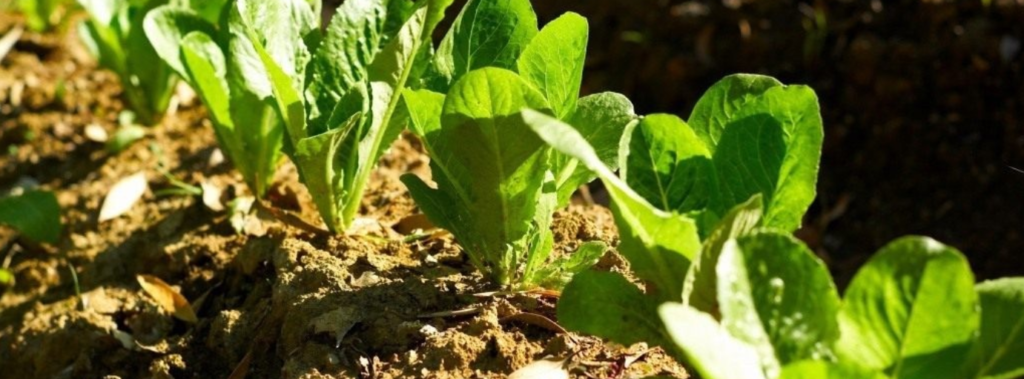
 Salad plants belong to the genus Lactuca. Lactuca sativa L. combines several varieties: leaf lettuce, head lettuce, Romaine lettuce, Uysun, or Asparagus lettuce. Other types of plants are also considered salad plants: arugula, watercress, chicory salads (escarole, endive, radicchio, zuckerhut), valerian, or field lettuce. Lettuce is a cold-resistant, light- and moisture-loving crop.
Salad plants belong to the genus Lactuca. Lactuca sativa L. combines several varieties: leaf lettuce, head lettuce, Romaine lettuce, Uysun, or Asparagus lettuce. Other types of plants are also considered salad plants: arugula, watercress, chicory salads (escarole, endive, radicchio, zuckerhut), valerian, or field lettuce. Lettuce is a cold-resistant, light- and moisture-loving crop.
loose, nutritious, moderately moist soils with a pH of 6.0-7.0.
usually once a week in the mornings or evenings. From the moment the heads form, watering is reduced. In extreme heat, water the salad at night.
sowing seeds of early-ripening varieties in open ground – from April to May, mid-ripening and late – from April to mid-June. You can sow early varieties before winter – at the end of October or at the beginning of November. Sowing seeds for seedlings can begin in April, and seedlings are planted in open ground in May. When growing lettuce at home, sowing is done at any time
Not needed. Fertilizers are applied to the soil before sowing or planting seedlings.
seeds.
lettuce flies, lettuce stem aphids, white-striped fillies and slugs.
Growing lettuce is usually easy. Lettuce seeds germinate at a temperature of 4-5 ºC, sprouts are not afraid of frosts down to -4 ºC, and plants with 4-5 leaves can withstand even stronger cold spells – down to -6-8 ºC.
After the snow has melted, the area prepared in the fall is covered with black film for a week, after which lettuce can be sown in the warmed soil. Before sowing, the seeds are soaked for 12 hours in an ash solution, after which they are slightly dried. Sow lettuce seeds to a depth of 1-1.5 cm in moist soil, spilled before sowing along the furrows with warm water, maintaining an interval between rows of 15-20 cm. Try to maintain a distance of 2-3 cm between the seeds. After planting the seeds, compact the soil and Cover the area with film until sprouts appear. As soon as the shoots appear, and this happens on days 5-7, the film is removed for the day, but at night it is better to cover the crops for some time.
Since lettuce is a cold-resistant crop, it can be sown in the ground before winter – at the end of October or at the beginning of November. In the spring, early-ripening varieties of lettuce are sown from April to May, mid-ripening and late varieties – from April to mid-June. If you want to have fresh lettuce all summer, you can sow it multiple times every 7-10 days until mid-August.
The conditions for growing lettuce require placing the bed in an open, sunny place. Sow lettuce in loose, nutritious soil with a sufficient amount of organic matter and microelements. The acid reaction of the soil should be slightly alkaline or acidic – from 6.0 to 7.0 pH. Only heavy clay soils are not suitable for the plant, but lettuce grows normally in black soil, loam, carbonate soils and sand. Growing lettuce in open ground requires, first of all, regular watering, loosening the soil and weeding. Try to loosen the soil after each watering or rain and promptly remove weeds from the area.